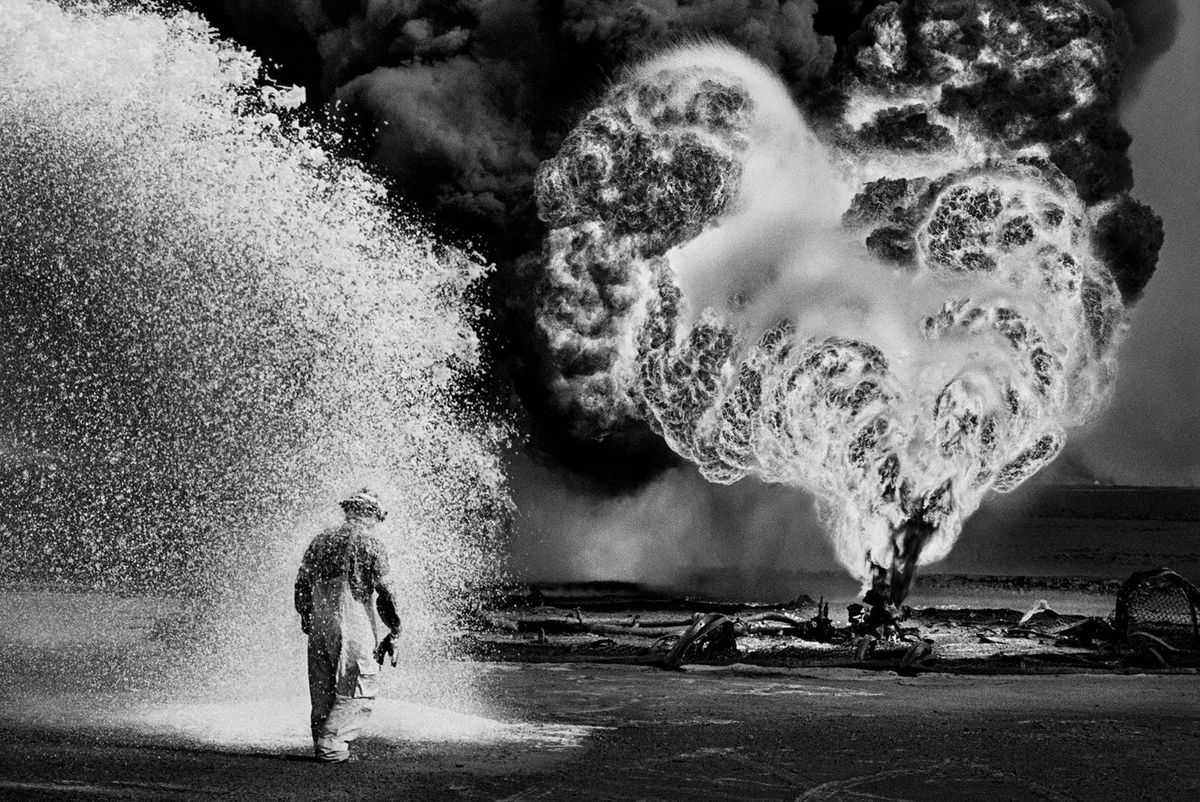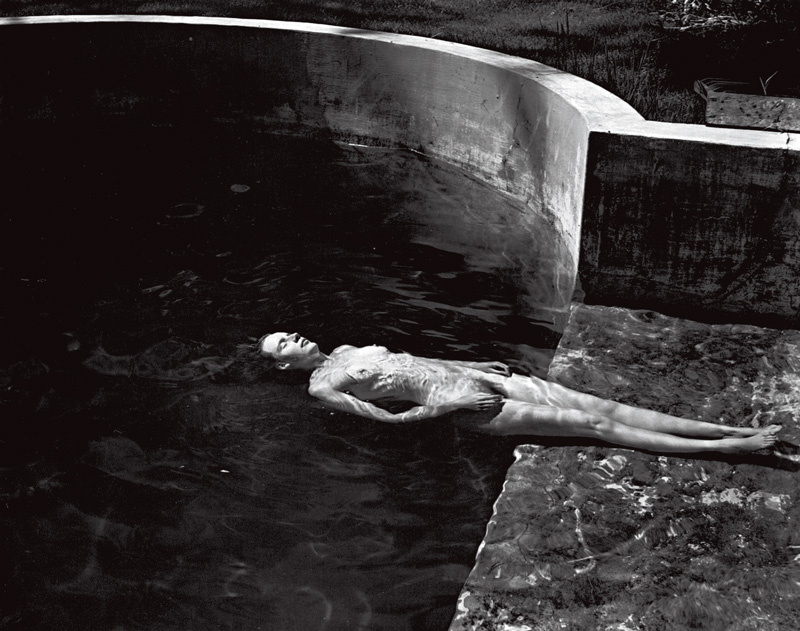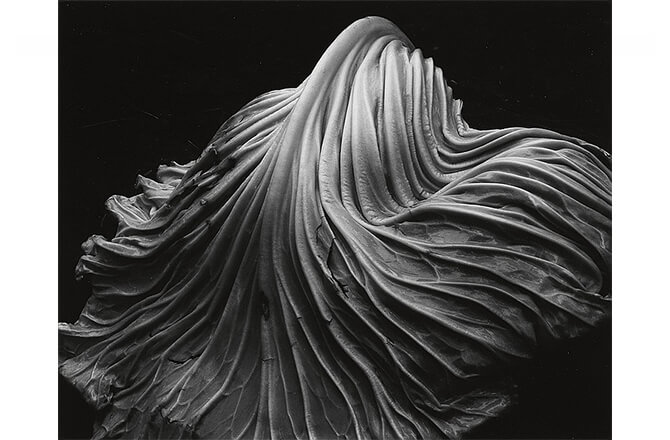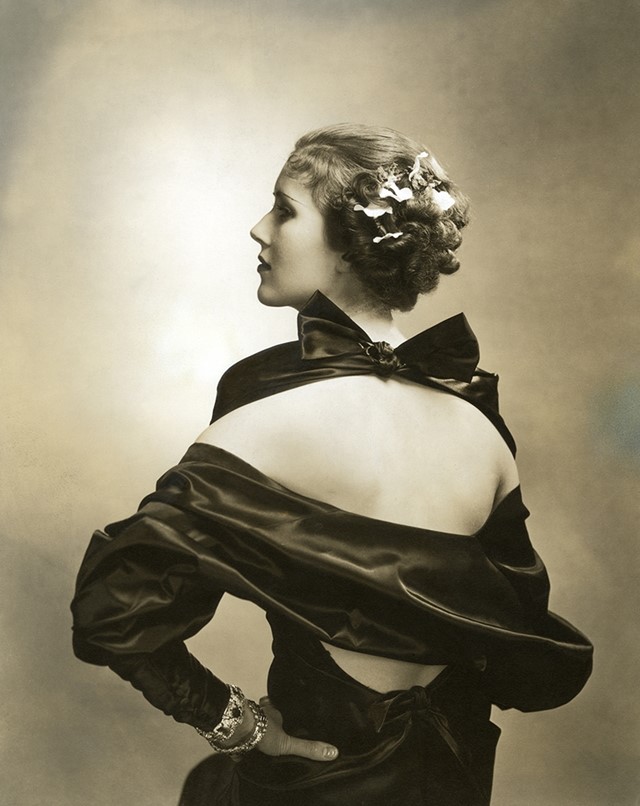What is Naturalism in Photography?
Naturalism in photography is an artistic movement that emphasizes the depiction of subjects in their natural environment, without artificial manipulation or exaggeration.
Unlike other photographic styles that might rely on heavy post-processing or staged scenes, naturalism strives to capture the real world as it is.
This philosophy aligns closely with the broader artistic movement of Naturalism, which values realism and authenticity over fantasy or abstraction.
Naturalism in photography is about telling the truth through the lens. Photographers who embrace this style focus on natural light, real-life moments, and genuine emotions, often seeking to convey a sense of timelessness and simplicity.
The Origins of Naturalism in Photography
Naturalism in photography can trace its roots back to the late 19th and early 20th centuries, a time when photography was evolving from a mere scientific tool into a recognized form of art.
Early photographers sought to move away from the overly staged and formal portraits of the time, instead opting to capture people and scenes in a more candid and authentic manner.
One of the pioneers of this approach was Peter Henry Emerson, a British photographer who believed that photography should mimic the natural way the human eye perceives the world.
His work focused on everyday rural life, particularly in East Anglia, and he is often credited with laying the groundwork for naturalism in photography.
Emerson used large-format cameras, which allowed him to capture incredible detail, and he advocated for using natural light rather than artificial sources.



Key Characteristics of Naturalism in Photography
Naturalism in photography stands out due to a few distinct features that set it apart from other photographic styles. Here’s a breakdown of its key characteristics:
1. Use of Natural Light
One of the hallmarks of naturalistic photography is the use of natural light.
Whether it’s the soft light of dawn, the golden hour of sunset, or the dramatic shadows cast by midday sun, natural light is a central element.
Photographers who follow this style avoid using artificial lighting to preserve the authenticity of the scene.
2. Minimal Post-Processing
Naturalism shuns heavy editing or retouching.
Photographers may adjust contrast or brightness but avoid drastically altering the image.
Filters and effects that distort reality, such as those used to enhance colors or create surreal effects, are not part of the naturalistic approach.
3. Realistic and Candid Subjects
The subject matter in naturalistic photography is often people or landscapes captured in their everyday environment.
These images evoke a sense of raw reality, often showing unposed, spontaneous moments.
There’s a heavy focus on realism, making the viewer feel like they are witnessing the scene firsthand.
4. Respect for Authenticity
Photographers in this genre emphasize the importance of showing the world in its true form.
They often reject staged scenes or artificially created emotions. The idea is to reflect the truth, whether it’s the beauty of nature, the quiet elegance of a portrait, or the ruggedness of urban life.
Famous Photographers Known for Naturalism
Throughout the history of photography, several well-known photographers have embraced the principles of naturalism.
Here are a few of the most influential, along with the camera equipment they’ve used.
Henri Cartier-Bresson
Often referred to as the father of modern photojournalism, Henri Cartier-Bresson is famous for his candid, naturalistic images that captured the essence of life in the 20th century. His philosophy of the “decisive moment” perfectly aligns with naturalism, as he sought to capture fleeting moments of reality without interference.
Cartier-Bresson used a Leica 35mm rangefinder camera, typically with a 50mm lens. This allowed him to be unobtrusive, blending into the environment to photograph people without them being aware of his presence.
- Equipment: Cartier-Bresson is famously associated with the Leica 35mm camera, which he almost exclusively used with a 50mm lens. He preferred this setup for its compactness and unobtrusiveness, allowing him to capture candid moments that define the essence of street photography and photojournalism.
- Notable Works/Projects:
- “The Decisive Moment”: One of his most famous books, it encapsulates his philosophy of capturing an event that is ephemeral and spontaneous, where the image represents the essence of the moment itself.
- “Images à la sauvette”: This book is known for its encapsulation of his candid photography philosophy and includes many of his iconic images.
- Areas: Cartier-Bresson photographed extensively across Europe, Asia, and the Americas, capturing both the mundane and the monumental, from the Spanish Civil War to the liberation of Paris, the death of Gandhi, and the Chinese Revolution.

Ansel Adams
Ansel Adams is known for his breathtaking landscapes, particularly of the American West. His commitment to naturalism is evident in his use of natural light and his respect for the environment. Adams famously said that a photograph should reflect the way the human eye naturally sees a scene.
While Adams worked in large-format film, using 8×10 and 4×5 view cameras, his meticulous technique and deep understanding of light helped him capture scenes in their most natural state. He did use darkroom techniques to enhance contrast, but his goal was always to stay true to the landscape as it appeared to the naked eye.
- Equipment: Adams famously used large format cameras, particularly a 4×5 view camera and an 8×10 view camera.
- Notable Works/Projects: “Yosemite and the Range of Light,” “The Tetons and the Snake River.”
- Areas: Yosemite National Park, American West.


Dorothea Lange
During the Great Depression, Dorothea Lange captured some of the most iconic images of American history, including her famous photograph “Migrant Mother” (although if you look at the contact sheet you could argue this is staged and not naturalistic at all).
Her style as a whole however epitomized naturalism, focusing on real people and their raw emotions without staging or artificial setups.
Lange used a Graflex camera early in her career, but later she switched to a Leica camera for its portability. Her ability to capture intimate moments in harsh, difficult conditions showcased her commitment to naturalism in photography.
- Equipment: Lange primarily used a Graflex camera early in her career, but she is most famously associated with the use of a 4×5 field camera. This camera allowed her to carefully compose her subjects and impart a sense of dignity and solemnity to her portraits.
- Notable Works/Projects:
- “Migrant Mother”: Perhaps her most recognized photograph, this image became an icon of the Great Depression, capturing the despair and resilience of an era.
- Work for the Farm Security Administration (FSA): Lange’s work during this period documents the harsh realities faced by rural poor, migrant workers, and the effects of the Great Depression on American families, profoundly influencing documentary photography.
- Areas: Lange’s photography was primarily focused within the United States, particularly in the western states during the Great Depression, capturing the struggles of displaced farmers and impoverished families.


Sebastiao Salgado
Sebastião Salgado is another photographer deeply aligned with naturalism. His black-and-white documentary photography, particularly in projects like Workers and Genesis, reflects a dedication to portraying subjects—whether people or landscapes—as naturally and honestly as possible.
Salgado has used Leica rangefinder cameras for much of his career but also worked with Canon EOS cameras for digital projects. His use of natural light and ability to immerse himself in the lives of his subjects allow him to capture the essence of humanity and nature without manipulation.
- Equipment: Salgado uses Leica cameras for his documentary-style photography, focusing on black and white images. He is also known for using the Leica M6, Canon EOS 1-V and Pentax 645 where bigger prints are needed.
- Notable Works/Projects: “Genesis,” “Workers,” “The Salt of the Earth.”
- Areas: Global, with extensive work in Africa, Latin America, and the Arctic.


Edward Weston – Celebrated for his sharply focused and detailed images, Weston’s work includes nudes, landscapes, and close-ups of natural forms and everyday objects, capturing their essence in natural light.
- Equipment: Weston often used an 8×10 view camera without any filters, relying on natural light and composition.
- Notable Works/Projects: “Pepper No. 30,” “Nude, 1936.” He also produced a series of detailed studies of shells, peppers, and natural forms.
- Areas: Point Lobos, California; various natural and domestic settings.



Richard Misrach – Best known for his ongoing series “Desert Cantos,” Misrach’s photographs often examine the relationship between humans and the environment, using the natural landscape as a backdrop.
- Equipment: Misrach predominantly uses an 8×10 large format camera to capture detailed landscapes.
- Notable Works/Projects: “Desert Cantos,” “Golden Gate.”
- Areas: The American West, particularly the deserts and the Pacific Coast.


Naturalism vs. Other Photographic Styles
While naturalism focuses on capturing real life as it is, other photographic styles often push boundaries in different ways. Here’s a quick comparison between naturalism and some other styles:
Naturalism vs. Pictorialism
Pictorialism, popular in the late 19th and early 20th centuries, aimed to make photography look like other forms of fine art, such as painting.
Pictorialists used soft focus, special lenses, and heavy retouching to create images that felt more like impressionist paintings.
Naturalism, by contrast, rejects these artificial techniques and embraces clarity, sharpness, and authenticity.
Alfred Stieglitz
- Equipment: Stieglitz used a variety of cameras throughout his career, including large format cameras. He often used soft-focus lenses which were a hallmark of the pictorialist style, allowing him to manipulate the focus and create a dreamlike quality in his images.
- Notable Works/Projects: “The Steerage” is one of his most famous photographs, though it marks a transition away from pictorialism towards more straight photography. He also founded and edited the influential photographic journal “Camera Work,” which featured pictorialist works.


Edward Steichen
- Equipment: Like Stieglitz, Steichen used large format cameras with soft-focus lenses. He was known for his mastery of complex printing processes such as gum bichromate and platinum prints, which contributed to the painterly quality of his images.
- Notable Works/Projects: His early work, such as the “Flatiron Building” (1904), exemplifies his pictorialist approach. He also co-curated the famous “Family of Man” exhibition, though his later work moved away from pictorialism.

Naturalism vs. Surrealism
Surrealist photographers, like Man Ray, often used double exposures, strange juxtapositions, and darkroom manipulation to create dreamlike, fantastical images. Naturalism, on the other hand, is grounded in reality, avoiding any manipulation that distorts the truth.
Man Ray was a significant figure in the Dada and Surrealist movements, and although his work extended beyond photography, he was particularly influential in the development of avant-garde photographic techniques.
Man Ray
- Equipment: Man Ray was known for his experimental approach to photography and used a variety of cameras throughout his career. He is most famous for his work with the camera-less photograms, which he called “rayographs.” These were made by placing objects directly on light-sensitive paper and then exposing them to light. He also utilized conventional cameras and was adept at using darkroom manipulation techniques to create innovative and surreal images.
- Notable Works/Projects:
- “Rayographs”: This series features the camera-less images he created, which blurred the line between painting and photography through its abstract forms and compositions.
- “Le Violon d’Ingres”: A photograph that combines painting and photography, showcasing Man Ray’s skill in manipulating photographic images to create surreal and provocative works.
- Portraiture: Man Ray was also a renowned portrait photographer, capturing many of the leading figures of the avant-garde in Paris during the 1920s and 1930s, including Marcel Duchamp, André Breton, Jean Cocteau, and many others.
- Areas: His work was primarily based in Paris, France, which was the hub of artistic innovation during his most active years. His studio became a gathering place for the artists, writers, and intellectuals of the time.


The Importance of Equipment in Naturalism
The tools a photographer uses can significantly impact the ability to achieve a naturalistic result.
While digital cameras have made photography more accessible, naturalistic photographers often opt for equipment that allows them to be discreet and work with available light.
- 50mm Prime Lens: Known as the “nifty fifty,” this lens closely mimics the field of view of the human eye, making it ideal for naturalistic photography.
- 35mm Wide-Angle Lens: Useful for landscape and street photography, allowing photographers to capture a broader view while maintaining a natural perspective.
These are the most common lenses that mimic the human eyes field of view.
The closest is apparently 43mm, but they are less common and therefore more expensive.
Conclusion: The Timeless Appeal of Naturalism in Photography
Naturalism in photography offers a refreshing alternative to heavily edited or staged images. It’s about capturing the world as it is—authentic, real, and unfiltered. From pioneers like Peter Henry Emerson to modern-day photojournalists and documentary photographers, the naturalistic approach continues to inspire artists to focus on the beauty of everyday life and genuine moments.
As technology advances, with new cameras and editing tools becoming available, the core philosophy of naturalism remains the same: to respect the truth of the moment and to present it as faithfully as possible through the lens.
